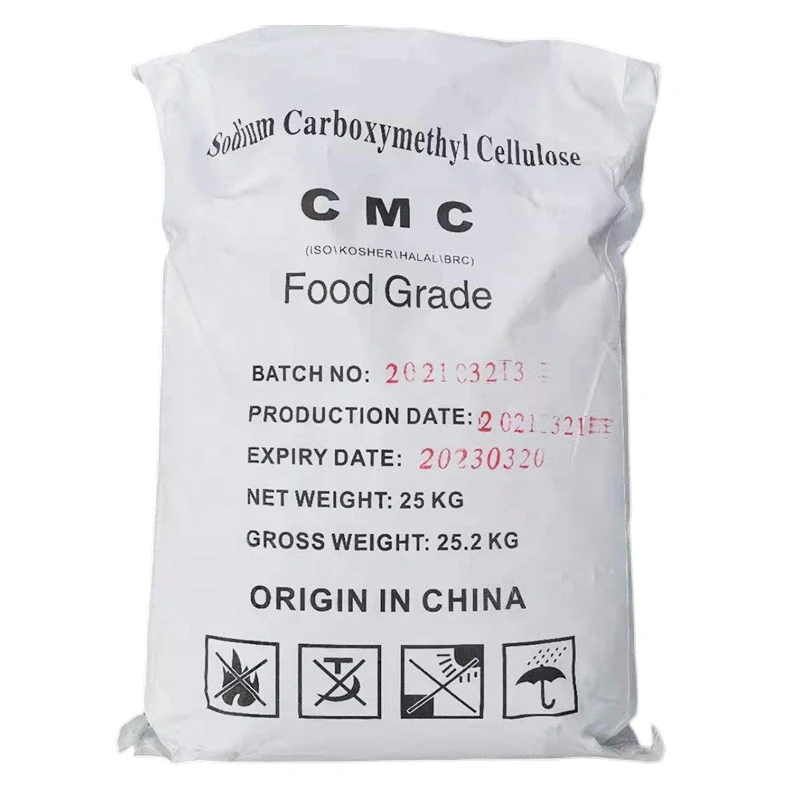



sodium persulfate sds
Understanding Sodium Persulfate SDS and Safety Measures
Sodium persulfate, a white crystalline solid with the chemical formula Na2S2O8, is primarily used as an oxidizing agent in various chemical processes. It is soluble in water, producing a mild acidic solution, and is widely utilized in fields such as polymer chemistry, water treatment, and as a bleaching agent in the cosmetic industry. Given its wide range of applications, understanding its safety data and handling procedures is crucial for anyone working with or around sodium persulfate.
Safety Data Sheet (SDS) Overview
A Safety Data Sheet (SDS) provides detailed information about a substance, including its properties, hazards, safe handling practices, and emergency measures. For sodium persulfate, the SDS is divided into 16 sections, complying with OSHA standards for workplace safety.
1. Identification This section outlines the product name, recommended uses, and supplier details. Sodium persulfate is often used in chemical synthesis, surface treatment, and as a component in hair dyes.
2. Hazard Identification Sodium persulfate is categorized as a strong oxidizer and can pose several health risks if not handled properly. Exposure can lead to irritation of the skin, eyes, and respiratory tract, and it may cause allergic reactions in sensitive individuals.
3. Composition/Information on Ingredients Detailed information about sodium persulfate, including its purity and other ingredients present in mixtures, is provided here.
4. First-Aid Measures In case of exposure, the SDS outlines measures such as rinsing the eyes with water for at least 15 minutes if contact occurs or moving to fresh air if inhalation happens. It emphasizes seeking immediate medical attention for severe cases.
5. Fire-Fighting Measures Although sodium persulfate is not flammable, it can enhance the combustion of other materials. This section recommends using water spray, foam, or dry chemical extinguishers for nearby fires.
6. Accidental Release Measures In the event of a spill, it is crucial to avoid dust formation, use appropriate protective equipment, and clean up spills carefully while minimizing exposure.
7. Handling and Storage Sodium persulfate should be stored in a cool, dry, well-ventilated area away from incompatible materials (like reducing agents) and kept in tightly closed containers. Precautionary measures include using personal protective equipment such as gloves and goggles during handling.
sodium persulfate sds

8. Exposure Controls/Personal Protection Employers should implement engineering controls to reduce airborne concentrations of sodium persulfate. Personal protective equipment recommendations include gloves and respiratory protection, particularly when dust is generated.
9. Physical and Chemical Properties This section provides detailed information about sodium persulfate, including its appearance, odor, boiling point, and solubility in water.
10. Stability and Reactivity Sodium persulfate is stable under normal conditions but can decompose at elevated temperatures, releasing oxygen. It should be kept away from heat sources.
11. Toxicological Information This section offers data on potential health effects, including acute toxicity, skin and eye irritation, and potential sensitization.
12. Ecological Information Sodium persulfate may pose risks to aquatic life, so it is important to prevent its release into waterways.
13. Disposal Considerations Disposal should adhere to local regulations, treating sodium persulfate as hazardous waste. Neutralization with reducing agents may be necessary prior to disposal.
14. Transport Information This section provides guidelines for safe transport, classifying sodium persulfate according to regional regulations.
15. Regulatory Information Relevant safety and environmental regulations that apply to sodium persulfate are specified.
16. Other Information Additional remarks, references, and revisions of the SDS may be found here.
Conclusion
Sodium persulfate is a versatile compound with many industrial applications, but it comes with risks that necessitate careful handling and awareness of its properties. Familiarizing oneself with the Safety Data Sheet is essential for anyone who comes into contact with this chemical, ensuring not only personal safety but also the safety of others in the workplace. Employers must prioritize training and communication to mitigate risks associated with sodium persulfate, fostering a culture of safety and responsibility.
-
Why Sodium Persulfate Is Everywhere NowNewsJul.07,2025
-
Why Polyacrylamide Is in High DemandNewsJul.07,2025
-
Understanding Paint Chemicals and Their ApplicationsNewsJul.07,2025
-
Smart Use Of Mining ChemicalsNewsJul.07,2025
-
Practical Uses of Potassium MonopersulfateNewsJul.07,2025
-
Agrochemicals In Real FarmingNewsJul.07,2025
-
Sodium Chlorite Hot UsesNewsJul.01,2025










